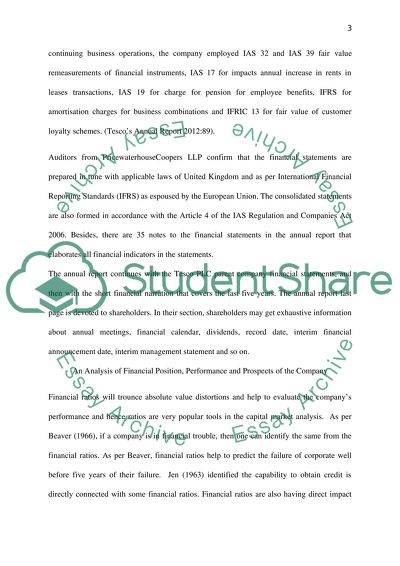Cite this document
(“FINANCIAL RATIO ANALYSIS OF TESCO PLC Essay Example | Topics and Well Written Essays - 3000 words”, n.d.)
Retrieved from https://studentshare.org/finance-accounting/1402497-international-financial-accounting
Retrieved from https://studentshare.org/finance-accounting/1402497-international-financial-accounting
(FINANCIAL RATIO ANALYSIS OF TESCO PLC Essay Example | Topics and Well Written Essays - 3000 Words)
https://studentshare.org/finance-accounting/1402497-international-financial-accounting.
https://studentshare.org/finance-accounting/1402497-international-financial-accounting.
“FINANCIAL RATIO ANALYSIS OF TESCO PLC Essay Example | Topics and Well Written Essays - 3000 Words”, n.d. https://studentshare.org/finance-accounting/1402497-international-financial-accounting.


